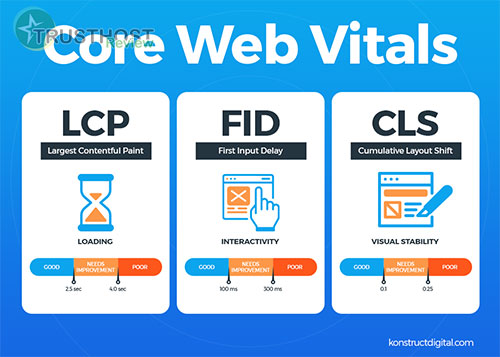Configuring Email Clients for Secure and Reliable Email Communication
For seasoned web professionals, webmasters, and system administrators, ensuring seamless and secure email communication is paramount. This involves configuring email clients effectively. This guide delves into the intricacies of setting up email accounts, focusing on security and reliability aspects.

Email Protocols
Before diving into configurations, it's crucial to grasp the fundamental email protocols: IMAP (Internet Message Access Protocol) and POP3 (Post Office Protocol 3). IMAP allows access to emails across multiple devices, storing messages on the server. POP3, however, downloads emails to your device, often deleting them from the server. Choosing the right protocol depends on your specific needs and access preferences.
Setting Up Email Accounts for Your Website
The process generally involves these steps:
- Access Your Hosting Control Panel: Log in to your web hosting account and navigate to the email management section.
- Create the Email Account: Provide the desired email address (e.g., [email protected]) and a secure password.
- Configure Email Client Settings: This involves specifying incoming and outgoing mail servers, typically in the format mail.yourdomain.com. Choose between IMAP or POP3 based on your requirements.
- Enhance Security with SSL/TLS: Always opt for SSL/TLS encryption for both incoming and outgoing mail. This safeguards your email communications from potential threats.
Advanced Email Security Measures
For heightened security, consider these additional measures:
- Two-Factor Authentication (2FA): Implement 2FA for an extra layer of security, requiring a secondary verification code beyond the password.
- SPF, DKIM, and DMARC Records: Set up these email authentication protocols to prevent email spoofing and phishing attempts, ensuring your emails are delivered authentically.
- Regularly Update Passwords: Encourage users to change passwords periodically to mitigate risks associated with compromised credentials.
















